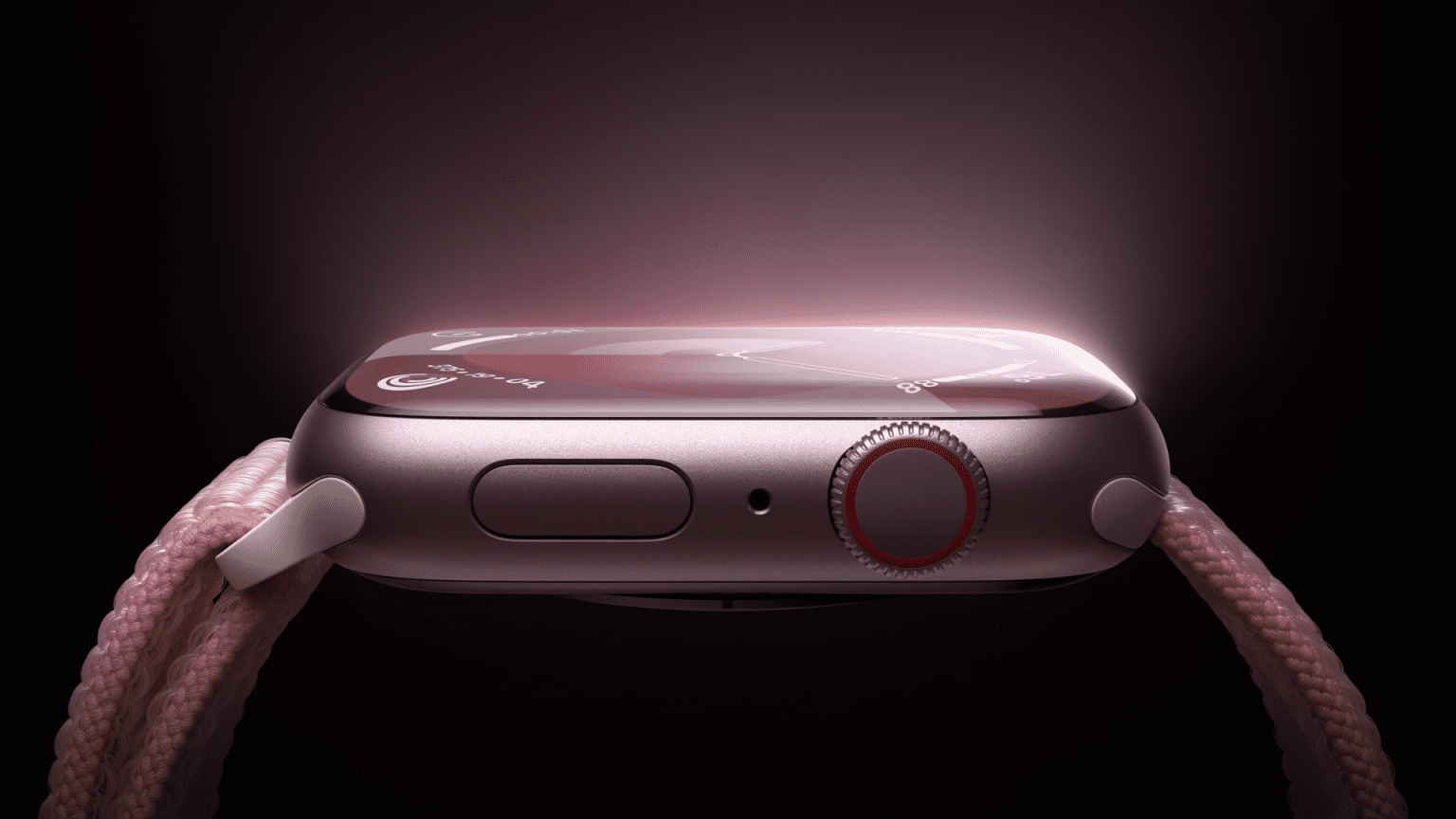Apple is rumored to bring a new OLED technology to the upcoming Apple Watch generation later this year that would reduce its display’s power consumption, according to a new report from The Elec.
According to the report, Apple is working on the adoption of low-temperature polycrystalline oxide (LTPO) thin-film transistor (TFT) technology for the Apple Watch Series 10’s OLED panel. LTPO TFT can improve the power efficiency of the device’s display as it results in lower leakage current and a more stable power supply, particularly at low refresh rates. This is especially beneficial for the Apple Watch’s always-on display.
The report notes that LTPO is already being used in some switching TFT transistors on current Apple Watch models. However, Apple plans to expand the use of LTPO TFT to cover more switching transistors alongside some driving TFTs for the first time. Apple currently relies on Low-Temperature Polycrystalline Silicon (LTPS) transistors for the majority of switching and driving TFTs on recent Apple Watch devices, but that is set to change with the wider adoption of LTPO and lowering the number of LTPS-based display transistors.

Discover new horizons, always connected with eSIM
Travel the world stress and hassle-free with the best eSIM service available. Enjoy unlimited data, 5G speeds, and global coverage for affordable prices with Holafly. And, enjoy an exclusive 5% discount.
LG Display is expected to be the main supplier behind the new LTPO technology for the Apple Watch Series 10, the report adds. Samsung Display is also rumored to be developing LTPO for next year’s model. While Samsung doesn’t currently supply displays for the Apple Watch, that could change as soon as next year with the adoption of LTPO.
The wider adoption of LTPO could make its way to the iPhone 17 lineup next year. While Apple currently limits the technology to the higher-end Pro iPhone models, the iPhone 17 and iPhone 17 Plus could be the first non-Pro iPhones to adopt LTPO instead of LTPS. This should pave the way for ProMotion 120Hz variable refresh rate and an always-on display for the lower-end models as rumored before.



